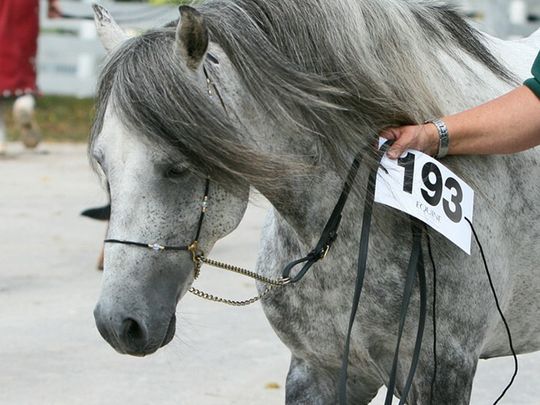
You’ve heard of animal species on the brink of extinction. But have you heard of Lazarus species – animals that have come back from the dead?
Click start to play todays’s Spell It, where we ‘rank’ some of these elusive animals and learn how they made their amazing comebacks.
Animals are at risk all over the world, with many suffering at the hands of climate change and habitat loss. But some canny creatures, known as the ‘Lazarus taxon’, comprise roughly 350 species of animals that have been rediscovered. Scientists have no way of knowing whether we should be optimistic about their recovery, or if it’s just a small miracle that it might not be possible to replicate, according to a March 2019 report in the National Geographic.
Either way, take a look at some of these living fossils and learn where you can find them:
1. Fernandina giant tortoise
A Galapagos island-based conservancy’s Giant Tortoise Restoration Initiative discovered a female Fernandina giant tortoise on her namesake island, on February 17, 2019. Thought to be over a century old, the tortoise (named 'Fern') had been hiding for almost her entire life – researchers have not spotted such an individual since 1906. Scientists then found tracks and scents around Fernandina Island, which indicate that she’s likely not living alone. The giant tortoise was taken to the Fausto Llerena Breeding Centre, where she’s being cared for, and where she’ll remain safe from Fernandina’s erratic lava flows, and predatory Galapagos hawks.
2. Bermuda petrel
Although they were thought to be extinct for over 330 years, scientists rediscovered about 36 Bermuda petrels in 1951. Immediately conserving these creatures has helped researchers see a rise in their population – from 18 to 131 breeding pairs, and over 71 chicks successfully fledgling each year. You can spot them on Nonsuch Island, and even visit baby birds with Bermuda Zoological Society conservationists.
3. Caspian horse
Of all the Lazarus species, Caspian horses have had the most movie-like happy ending. American horse breeder and researcher Louise Laylin married an Iranian aristocrat in 1957, after which, she moved to Tehran, Iran. There, she established a children’s equestrian centre, but found that the local horses were too hot-tempered, and potentially dangerous, for children who were just learning to ride. So, when she heard rumours of small, horse-like ponies in the Alborz mountains near the Caspian Sea, she set out to investigate. In Amol, she came across a bay stallion she had never seen or heard about – it was like a miniature Arabian horse. She realised, when she spotted a few more of them, that they resembled the horses depicted on the rock relief carvings on the ruins of an ancient palace in Persepolis, near her home. These weren’t just any ponies, they were a lost breed of ancient royal horses – the Caspian horse. Thought to be extinct for centuries, the horses trotted back into history, with a little help from Laylin, who came to be known as Iran’s ‘lady of horses’.
What do you think of these Lazarus species? Play today’s Spell It and tell us at games@gulfnews.com.




